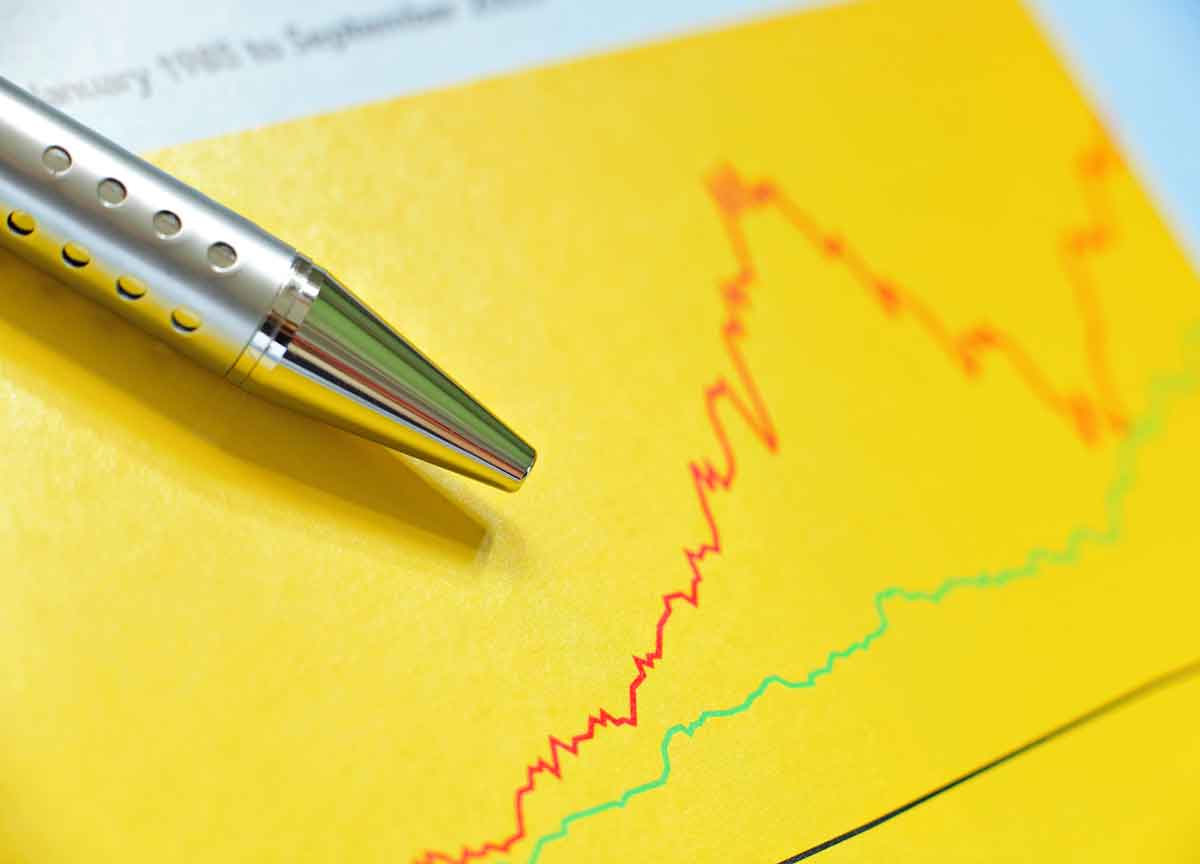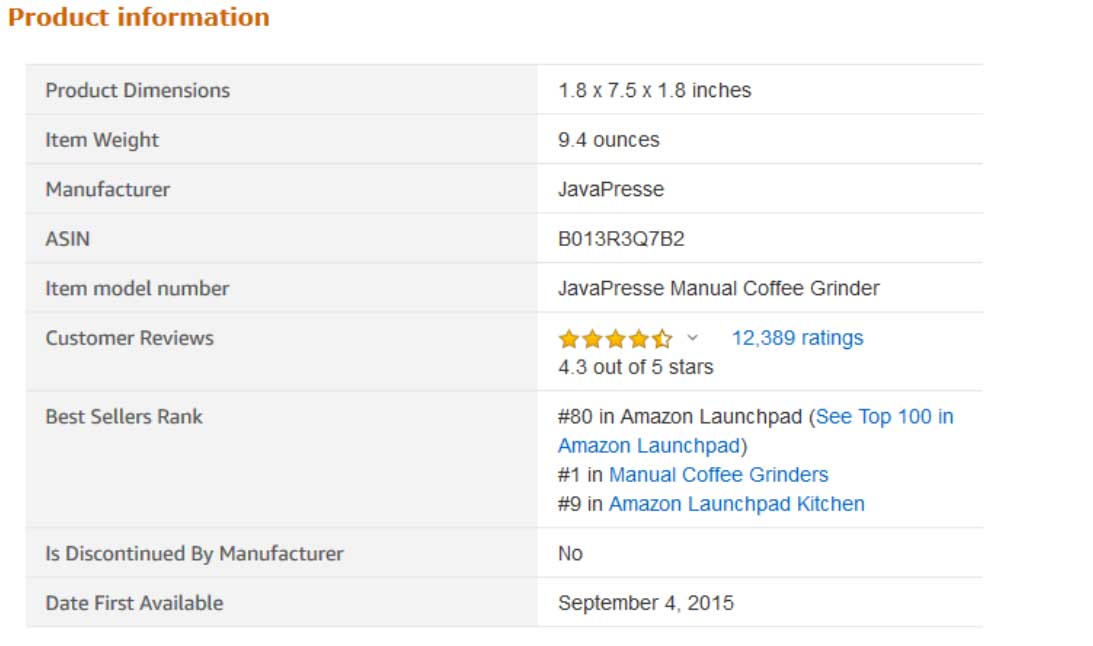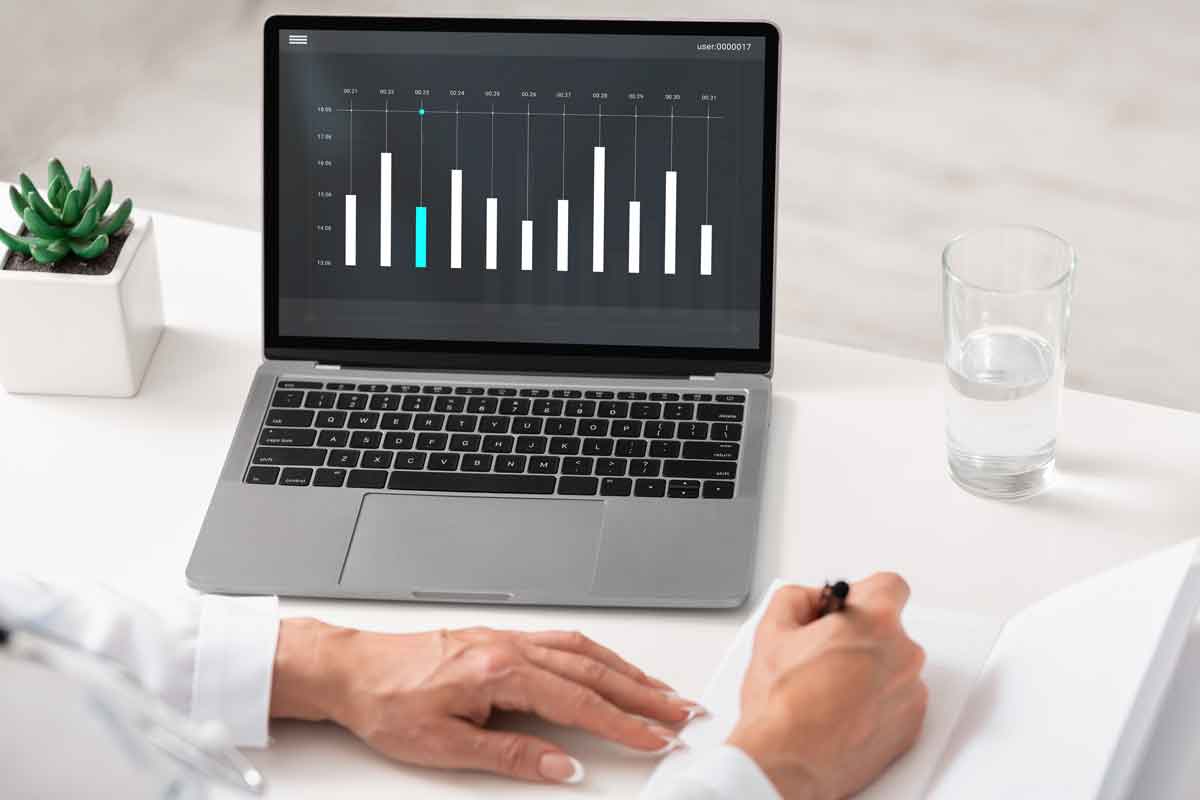There is always this one popular question that almost all Amazon sellers have:
What is an Amazon sales rank that is good? And how can we use it to our advantage? Are there Amazon best seller lists to go by?
Experienced Amazon product sellers have their answers to these questions, but it all depends on you and your understanding of the way Amazon works.
For those of you who need to know, Amazon sales rank is essentially Amazon’s way of comparing all of the items of a given category. Although Amazon keeps a lot of their data close to their vest, we have a general idea of how it is calculated and how we can use it to find flips online.
If you have ever taken a moment to look at an Amazon sales rank of a product on a given Amazon listing, you will notice it changes all the time. And at any given moment, the Amazon sales rank you see on a listing is just a snapshot in time and just one piece of the data puzzle.
This information is constantly changing as Amazon updates its search results algorithm. However, we can use it to our advantage to make educated online arbitrage and wholesale purchasing decisions for our Amazon.
In order to do this, we need to take a deeper dive into the idea of the Amazon sales rank and how you can use it to be better Amazon sellers and perform better product research for your Amazon business.
So let’s get started.
What Is The Amazon Sales Rank (BSR)?
The Amazon sales rank or the Amazon Best Sellers Rank (commonly referred to as BSR) is simply a measurement of how well a product is selling based on their category.
Think of it like a ranking system and each Amazon sale counts for a point. The more points your product scores, the better rank that Amazon product has. Each time a sale is made (which there are thousands of an hour), Amazon does a fancy calculation of the category and assigns each a product rankings.
The lower your BSR or Amazon sales rank, the better your product is performing in that given category. The Amazon best selling product listing in the category will be #1 and the worst selling product in a category could be #3,000,304.
In simple terms: The lower the sales rank on Amazon, the quicker the product will sell (compared to other products in that category).
As I do in all of my classes, here is an example to help you understand it a little better:
If you are selling pants in clothing and accessories, then your pants will be ranked against all the other items in the clothing and accessory category. If your pants are ranked #7, and another product is ranked #207 in your category, this means that your product is ranked higher than the other ranked #207.
In plain terms – Your pants are selling more frequently than the other pants.
As for the data point range of Amazon sales rankings, that could be anywhere from single digits to in the millions. It all depends on the category and the number of products listed at any given time.
This is important to realize as the sales rank in one category might different greatly from the sales rank in another category.

How is The Amazon BSR Calculated?
Obviously, there isn’t a nice math equation that Amazon has posted on Amazon Seller Central that gives us the exact formula that is used to generate the sales rank for a given product. Although we don’t have the exact formula, we have a pretty solid idea of how it is calculated from years of observation and usage.
We know a few things for sure:
- The sales rank is updated every hour.
- The sales rank compares products of the same category to each other.
- The lower the sales rank, the more times that product has sold compared to other products in the same category.
- Each category has its own sales rank.
- You can’t impact the sales rank as an Amazon seller, but you can as a buyer (which really doesn’t help since you don’t make a ton of money if you buy your own products).
From what we know, the factors are based mainly on the sales velocity of the product. Other factors that are rumored to contribute might be the number of Amazon product reviews and the price of the product compared to other products in a given category.
It is also possible that FBA vs. FBM plays a role, but we don’t for sure. Unfortunately, no one except for Amazon knows the true algorithm.
But since we know a few things to be true, we can use this to our advantage and make generalizations that help us know if a product on Amazon is going to sell or not.
Assumption 1 | The Lower Rank = The More Sales
The lower the Amazon sales rank, the quicker a product tends to sell.
Advantage: If we know an item with a low sales rank sells at a faster rate, we should focus on finding and flipping products with as low of an Amazon sales rank as possible.
Obviously, you can’t make a profit if your item sits on a shelf somewhere, so we want to give ourselves the best chance we have to make sure the Amazon product has higher sales (aka – a low sales rank).
Assumption 2 | Amazon Sales Volume Is Measured Each Hour
The product sales rank provides an hourly snapshot of the demand of an item.
Advantage: When looking for product listings to sell, we want to make sure the item is still going to be in demand by the time we get it into the Amazon warehouse. Since the sales rank is changed by Amazon on an hourly basis, we can use it to see if every product has a sustained demand over time (particularly if we use a tool like Tactical Arbitrage).
Assumption 3 | Having a Sales Rank Means It Has Sold
Advantage: Sometimes you might be scanning for deals online and you need to know if a product will even sell on Amazon. One quick look at the sales rank and you have an immediate idea if it has. This will prevent you from purchasing dud items that will never sell and will also keep you from buying items that rarely sell.

What Is A Good Amazon Best Sellers Rank?
So, what is a good Amazon best sellers sales rank (BSR)?
A tough one to answer, and the simplest answer to this question is, “it depends.”
Let me explain why.
Amazon BSRs differ throughout the categories. For instance, an Amazon best seller of 1,000 might be a good ranking for the clothing and accessories category; the same ranking of 1,000 could be a terrible ranking in the home and kitchen category, simply because home and kitchen has more products than the clothing and accessories.
There are millions of products listed on Amazon every day. The best way to know and get a good Amazon Best Sellers Rank (BSR) is to do your due diligence and conduct proper product research before making any purchasing decision.
Personally – I like to use sales rank as a guide to help me determine if I should buy a product or not. It is one of the pieces of my buying checklist that I use when determining if I purchase or pass (along with cost of goods, return on investment, and profit margin). I see it as a view into the demand side of the equation and it gives me the data piece I need to confirm my product will actually sell.
I actually use sales rank in two different ways:
- As a minimum buying criteria. I won’t buy a product if it is above a certain sales rank. This varies by category, but is typically around 300,000 (regardless of the category). If the rank is higher than that, it’s an automatic pass in my book.
- As a co-measure to ROI. If a product has a huge return on investment, I check the sales rank to see how quickly I think it is going to sell. I would rather invest in quick moving inventory instead of long-term holds (just a personal preference), so if the ROI and sales rank are both really high, I’m a little less interested than if the ROI was high and the sales rank was low.
How To Find Amazon Sales Rank?
Anyone can view the BSR for each product they search on Amazon, whether you are a shopper or an Amazon seller. To find the BSR of any item, go to Amazon’s product page and search for the item you want to check.
Next, scroll down to the product details part of the page. This should read ‘product information.’ If you are using a mobile device, you will need to click on the product description and scroll down to find the BSR.
In the first column of the product information, you should see the “best sellers rank” data. There should be a BSR number and the product category.
You should be able to see something like this.
As you can see, the Amazon Best Sellers Rank for the JavaPresse Manual Coffee Grinder, which is in the Amazon Launchpad, is ranking #80 (when I took this screenshot). It is also the best sellers ranking in the Manual Coffee Grinders category and 9 in Amazon launchpad kitchen.
This means that out of the tens of thousands of products in Amazon’s launchpad, only 79 items sell more than this particular item.

3 Ways For Amazon Sellers to Leverage BSR Data
Now that we know what an Amazon Best Seller Rank is, it’s time we take some time to figure out how to use it.
By far, the most critical function of the Amazon BSR is using the sales rank to predict how a product is selling on Amazon. There are a few ways this makes our life easier as a seller.
1. Makes Sourcing Products Easier
Whether you are looking to source products for yourself or your Amazon business, Amazon Best Sellers Rank helps you find what is trending, what people are buying, and what people are looking for. This information gives you the direction to take and helps you source products that will be sold quickly and put more money in your pocket.
2. Estimates Sales
A common question that is asked by a new seller (or even an experienced one) is:
How many products should I buy if I find a good flip?
It’s a really good question and the sales rank can help us come up with a pretty good estimate to that exact question.
The lower that sales rank, the more of a product you can expect to sell (if you are able to match the low price on Amazon).
That being said, you should be careful with seasonal sales. Be sure to check a product’s sales history before investing in it. Rankings are constantly fluctuating, so make sure you take a look at the sales rank history of a product before pulling the trigger on a large purchase.
3. Competitor Research for Your Own Listings
Competition is key when it comes to Amazon. The best seller rank can help you understand what is happening to your competitor’s products. You can monitor their BSR and make changes to your listings based upon that information.
There is nothing better than finding out who is getting a good grade on a test and then being able to see their work (and improve upon it). Find products that look similar to yours and make BSR comparisons. If you are lagging way behind, consider tweaking your keywords and product listing to increase sales.
Final Thoughts
Amazon’s best sellers rank may appear complicated at first. But when you really get down to it, it is just a piece of data that Amazon provides to help you understand how quickly an item sells on its platform.
Even though it’s just a piece of data, it can still be extremely valuable information for anyone looking to flip or sell products on Amazon.
Overall – if you use the Amazon sales rank as a guide to find quick selling items that you can flip for a profit (or possible item ideas for private label or wholesale), then you are ahead of the game.
Sales rank shouldn’t be the only piece of data used, but used with tools such as Tactical Arbitrage, (Check it out for a free trial) it can be an important decision making piece that can generate profit.
As I always say: Selling on Amazon is a business. Those who use the numbers to make money are the ones who are going to stay in business and make money in the long run.

